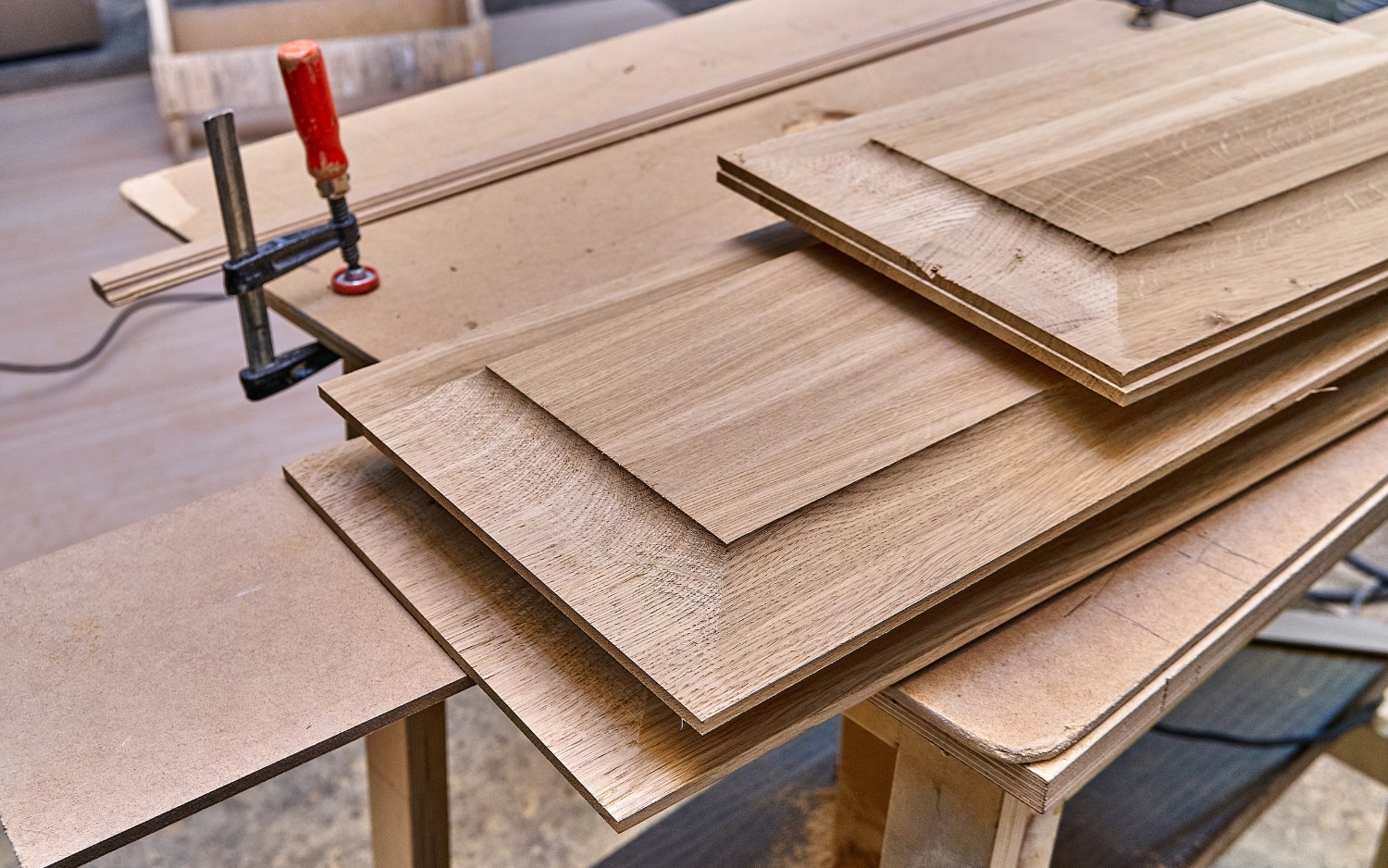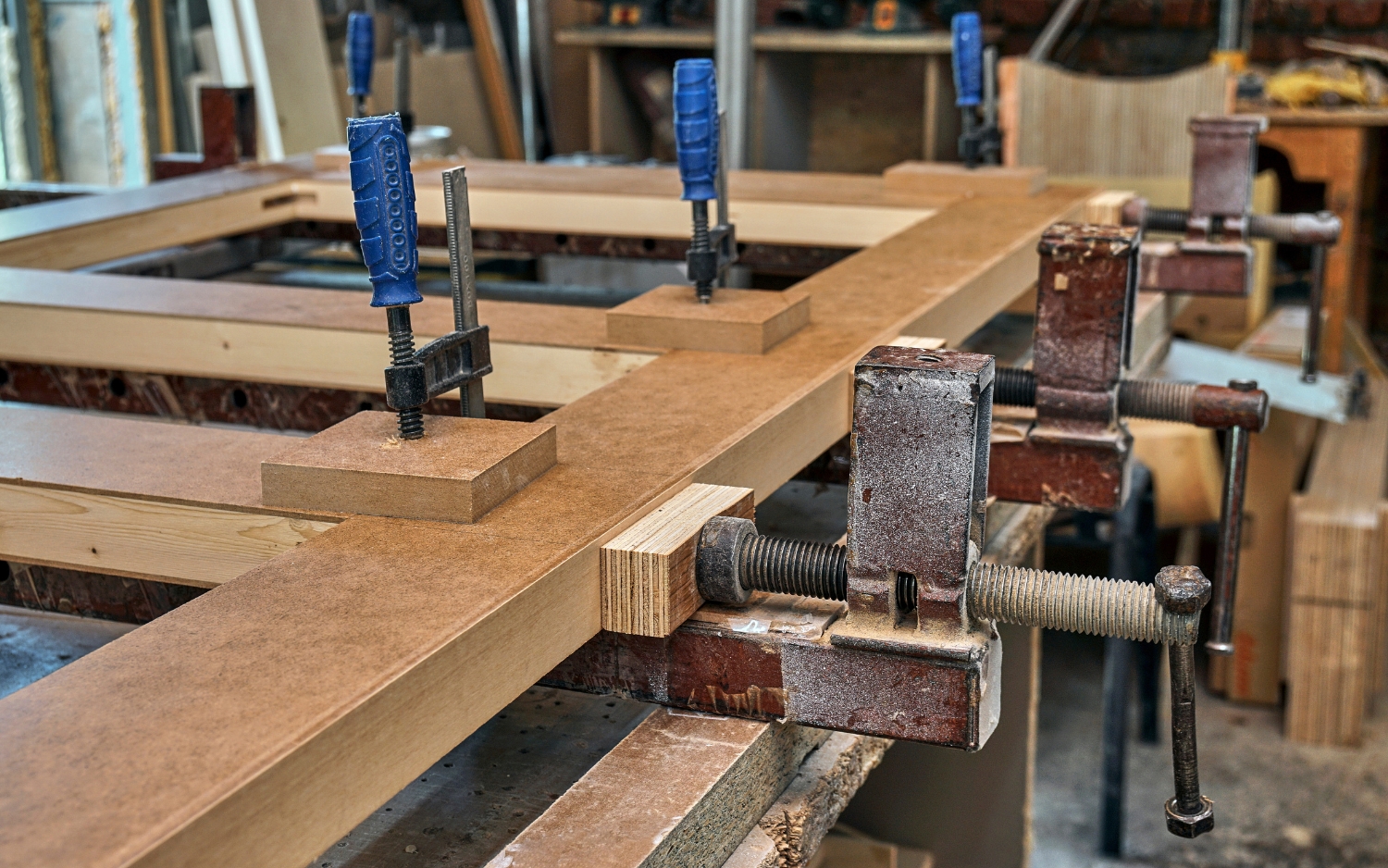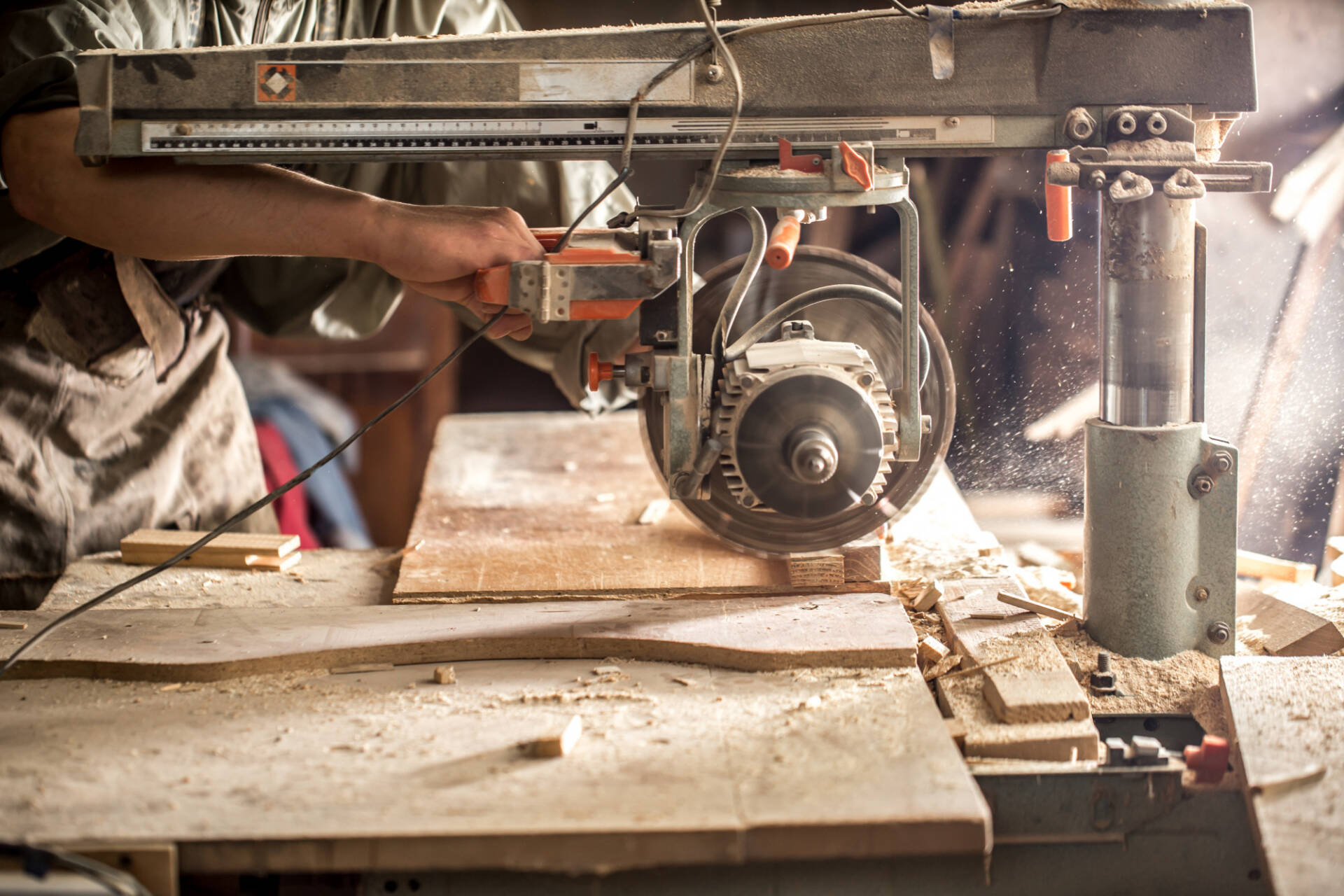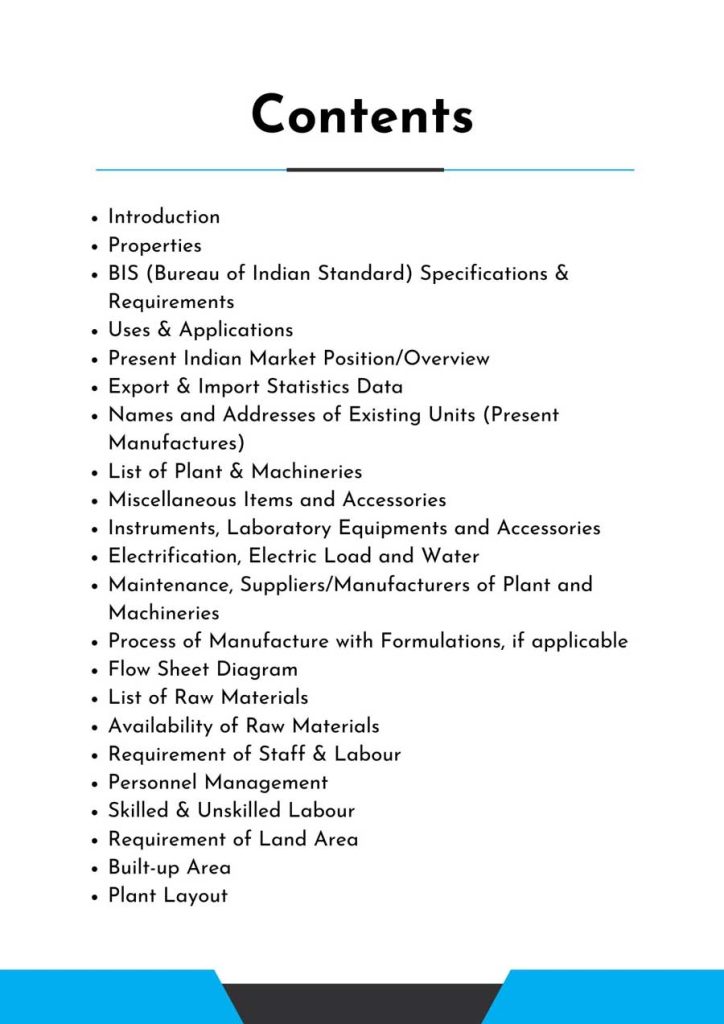Feasibility Report On Door Manufacturing
Door manufacturing is the process of creating doors used in buildings. It involves cutting, shaping, and assembling materials like wood, metal, or composite to form functional and aesthetically pleasing doors. This report explores the steps, materials, and techniques involved in making doors for various purposes.
Introduction
Feasibility Report For Door Manufacturing.
Doors are critical architectural components that provide security, privacy, and aesthetics to both residential and commercial environments. Over the years, India’s door manufacturing business has experienced substantial expansion and transformation, catering to different demands and embracing new technology to satisfy international standards.
The door manufacturing sector in India is diversified, with many different types of doors available, including wooden doors, steel doors, aluminum doors, PVC doors, and composite doors. Each style of door has distinct qualities and fulfills different functions, catering to the diverse needs of consumers.


Wooden doors, noted for their elegance and durability, have long been a popular choice, particularly in residential buildings. However, the tendency has evolved towards modern materials like as steel, aluminum, and PVC due to their low maintenance and weather resistance.
The Indian door manufacturing industry has a long history that dates back to when doors were made of wood and other natural materials. Architectural styles and door designs evolved as the country grew, incorporating influences from many areas and civilizations.
To make high-quality doors, numerous processes must be taken. Typically, the procedure begins with the selection of appropriate materials, such as wood, metal, or composite materials. The chosen material is cut and shaped to fit the door design and specifications. The frame, stiles, rails, and panels are assembled using joinery techniques. As needed, decorative components or glass inserts can be added to the door. Following the completion of the basic framework, sanding and finishing processes produce a smooth and pleasing surface.


Additional treatments, like staining, painting, or varnishing, may be applied for aesthetic appeal as well as resistance to wear and weather. Throughout the procedure, quality checks are undertaken to verify that criteria are met. Finally, handles, hinges, and locks are attached, and the doors are inspected for flaws before being packaged and delivered for distribution. In India, wood was the most commonly utilized material for door manufacture. Doors with exquisite designs and carvings were created by skilled artisans, reflecting the rich legacy of Indian workmanship. Traditional wooden doors are elegant and long-lasting, making them a favorite choice for many homeowners even today.
Feasibility Report Sample On Door Manufacturing



Market Strategy of Door Manufacturing Business Plan
The market size for doors was estimated at USD 140.5 billion in 2020 and is projected to increase at a CAGR of roughly 5.4% from 2021 to 2027.
The market for windows and doors is being pushed primarily by an increase in multifamily housing patterns, an increase in the usage of automated doors in the commercial sector, and the development of energy-efficient doors. Modern automated doors are employed in a variety of commercial settings, including airports, shopping malls, and corporate headquarters.
Furthermore, an increase in government funding for residential and commercial building projects is likely to drive the doors industry forward. Furthermore, increased industrialization and urbanization in economies such as India and Africa are predicted to serve to the expansion of the doors market outlook.
Furthermore, an increase in consumer spending on house remodeling and enhancement activities, as well as an improvement in new building activities, are likely to generate lucrative growth possibilities for market participants.
The general expansion and stability of the Indian economy have resulted in increasing spending power for people. As a result, individuals are becoming more prepared to invest in high-quality products such as doors for their homes and businesses. The market’s desire for premium and customised doors has been spurred by changing lifestyle tastes, as well as the requirement for aesthetics and security. Door manufacture is a prominent industry in India, playing an important part in the country’s construction and infrastructure sectors. The expansion of commercial infrastructure to support product demand.



